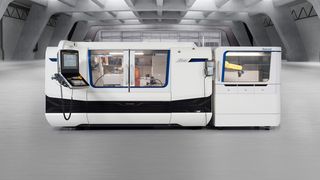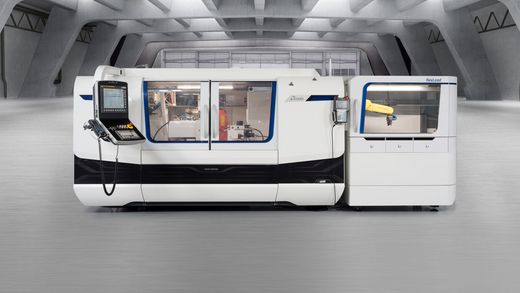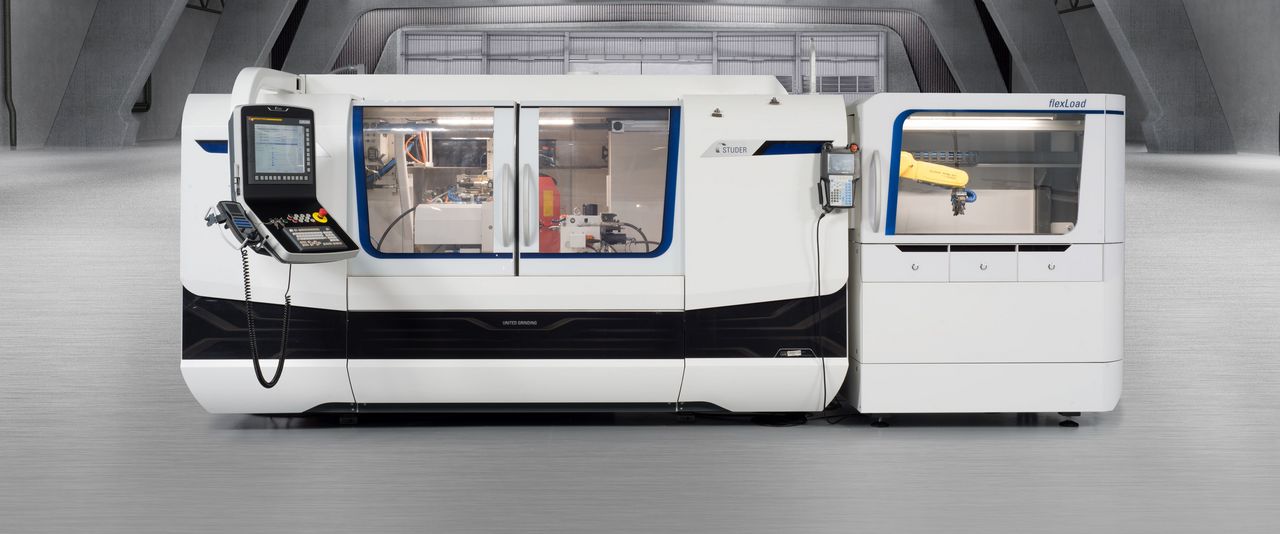Questions to Ask Yourself Before You Invest in Manufacturing Automation
If you are like many manufacturers, you are getting lean almost by default, whether it’s through furloughs, tribal knowledge, skilled workers aging out of your shop, or investing in manufacturing automation. You have taken steps to ensure your manufacturing remains operational — accommodating social distancing, acquiring adequate PPE, updating processes, and revising budgets and forecasts.
Yet customers are no less demanding about increasing capacity, faster turnarounds and quality of work.
That is why many manufacturers are turning their attention to becoming more competitive. More than 40 percent of manufacturers plan to invest in their business/facilities, with 27 percent looking to do so in the next six months, according to a survey conducted in mid-April by Gardner Intelligence.
One of the game-changing investments all manufacturers can make during this time of retooling is to think about acquiring or expanding their commitment to manufacturing automation. Here are questions to ask yourself to help determine if you are ready to invest.
How Can We Avoid the Vulnerability We Face Now?
Just as many conglomerates have figured out global supply chains are more vulnerable to disruptions and are reshoring to North America as a result, many first- and second-tier suppliers have realized how automation can help minimize risk while improving OEE and increasing their range of opportunities.
Automation delivers process innovation, increased uptime and improved throughput all with less human interaction. A simple but accurate snapshot is a single employee filling up an automated system of multiple machines with blanks and overseeing setup, operation and changeovers as opposed to operating a single machine.
ROI: Do The Numbers Really Pan Out?
An investment in grinding automation can pay for itself in less than two years.
According to calculations based on data from the Robotics Industries Association (RIA), installing a UNITED GRINDING flexLoad system for one of our STUDER cylindrical grinding machines, along with associated tooling for two shifts a day for five days a week instead of an operator will save you more than $1.5 million in labor costs over 15 years.
You can run numbers through the RIA’s Robot System Value Calculator using variables specific to your situation to see your potential ROI.
Grinding automation delivers many direct and indirect benefits, such as:
- Reducing labor cost on repetitive production tasks
- Allowing you to put your people in more impactful positions
- Enhancing productivity with repeatable precision
- Application efficiency through integration and process optimization
How Do We Make the Best Use of Our People?
Deloitte projects that by 2025 about 2 million manufacturing jobs will go unfilled due to the widening skills gap. Automation helps mitigate that risk by extending the skills of the existing labor force and making the manufacturing workplace more attractive to future workers.
For example, a STUDER ID or OD grinding machine equipped with a flexLoad robot performs more than 90 percent of the necessary labor per shift. That means operators can oversee multiple machines in a production cell, creating additional value.
Job roles and responsibilities in robotics are more attractive to technology-minded young people who favor brain power over brawn. Why should they get their hands dirty, so to speak, if machines can do the dirty work?
What if We Don’t Have a Lot of High-Volume Work?
Automation is not just for high volumes; it can improve the productivity and efficiency of almost any process-dependent operation. It allows you to extract more data from your operation, which leads to further process innovations and savings. Its repeatable precision also allows you to work more effectively with exotic materials and difficult geometries.
Other benefits can include:
- Being less reliant on operators to measure, clean, deburr, and more
- Fewer opening of doors on equipment, which reduces potential thermal issues and dust and debris on grinding equipment
- Less time between grinds
- Quicker setup and changeovers
Are We Prepared For What’s Around the Next Corner?
Customers want more information about the parts they are sourcing, so expect to see more requirements for tracing. It’s already happening with large OEMs in the aerospace, aviation, automotive and medical verticals as the potential liability with the end use increases.
There are numerous ways with manufacturing automation to create tracking without slowing the workflow. For example, a bar code can be laser marked onto a part after it’s been put on a tray, either before or after grinding.
What’s Really Keeping Us From Investing in Manufacturing Automation?
Many manufacturers’ misconceptions about automation are grounded in their failure to understand how quickly they can achieve ROI. Many smaller manufacturers tend to undervalue the cost of employment and overvalue the cost of equipment because of the high up-front cost.
In a pre-pandemic survey of 160 North American manufacturers conducted by UNITED GRINDING, about 75 percent said they will rely more on automation in the future. Asked what roadblocks they face to automation, 40 percent said technical restrictions with existing machines, and 39 percent said investment costs. The fourth most popular response among roadblocks was “Nothing.”
If nothing is holding you back from investing in grinding automation, give UNITED GRINDING’s Automation Solutions a chance to show how we can help you realize near-term and long-term ROI with manufacturing automation.









